#InConversation with Namrata Lodaya
By Sanjana Srinivasan | Aug 4 2023 · 7 mins
Namrata Lodaya is a Mumbai-based artist whose works delve into the theme of pain, particularly the suffering caused by illness, and the journey towards transcending it. Through her art, Lodaya aims to break free from the limitations she faces and find the courage to express herself fully. Here, Lodaya speaks to Sanjana about her practice.
The artworks showcased on Terrain.art’s platform belong to an older series which was exhibited in January 2019 at Samara Gallery in Ahmedabad. This exhibition held a special significance for me as it became a means of liberating myself from a long struggle with depression from 2017 to 2019, a challenging period triggered by my husband's diagnosis of brain cancer. During that difficult time, I found solace in writing down my innermost thoughts, things I couldn't share with others, only to erase them afterward. This process led to the creation of a unique material using eraser dust. At first, I believed I could completely erase my painful past, but I now understand that this was a misconception. The exhibition itself became a turning point, teaching me that erasing the past entirely is not possible. Instead, I learned the power of “deforming” my experiences and creating new perspectives. While we cannot entirely erase the impact of our past, we can choose not to let it control us. The process of creating my artworks allowed me to channel my emotions and thoughts into artistic expression. Our past shapes us, but it doesn't define our future entirely.
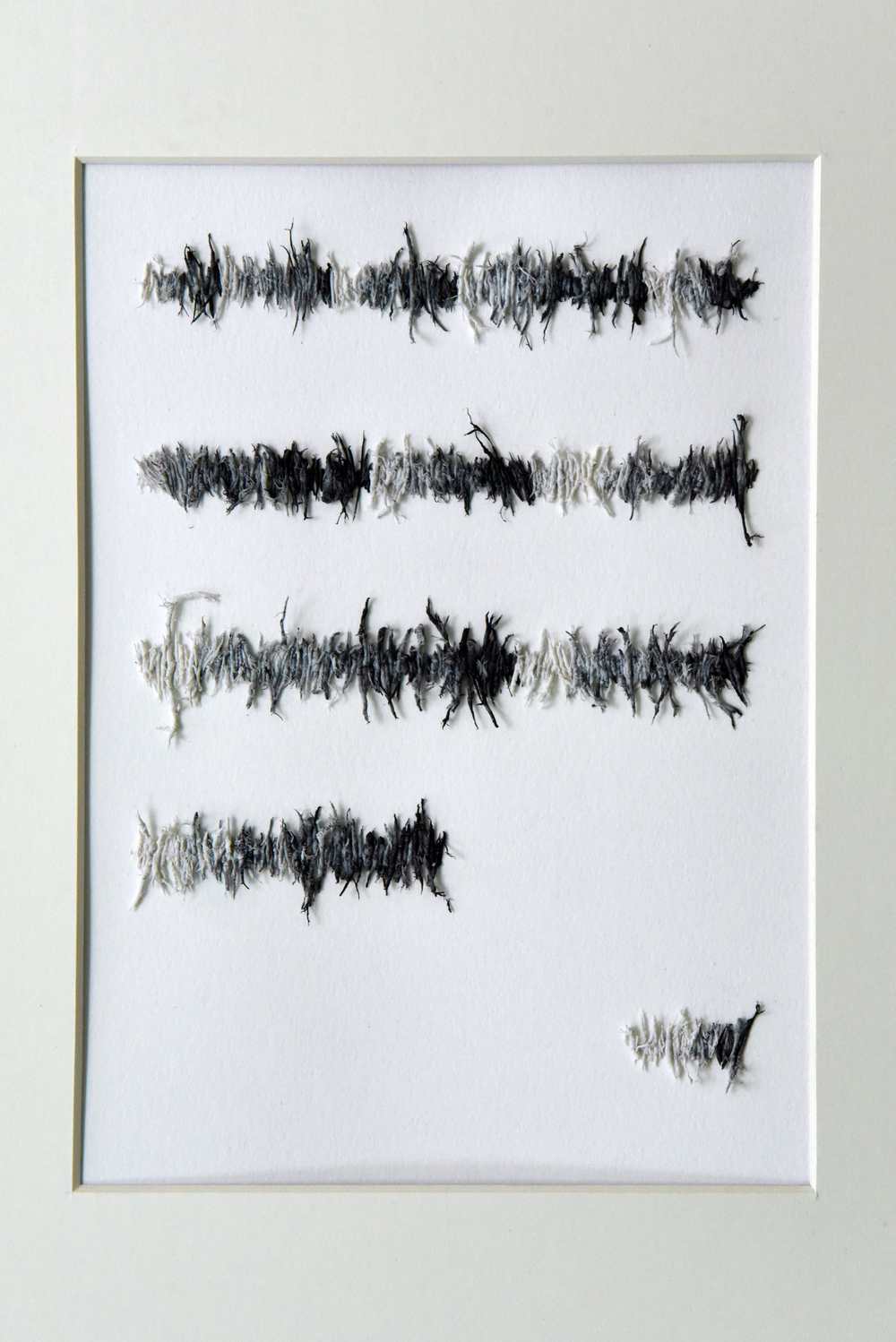

Reminder Letter, 2019
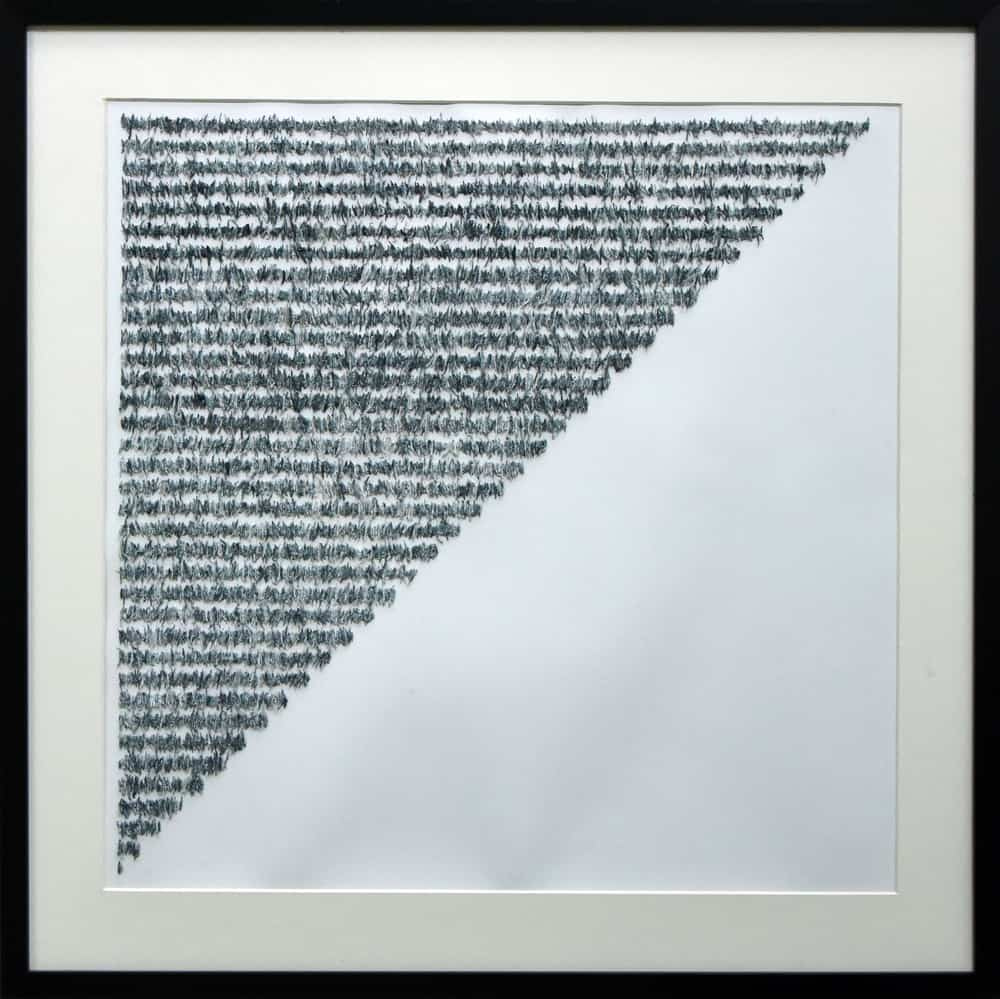

Eternal Deformation, 2019
I aim to create artworks that invite the viewer to be fully present and actively participate in the experience rather than just passively viewing it. When I create artworks using eraser dust, I want the viewers to question and interpret the meaning of the material for themselves. The artwork does not provide direct answers but encourages them to find their own connections and interpretations.
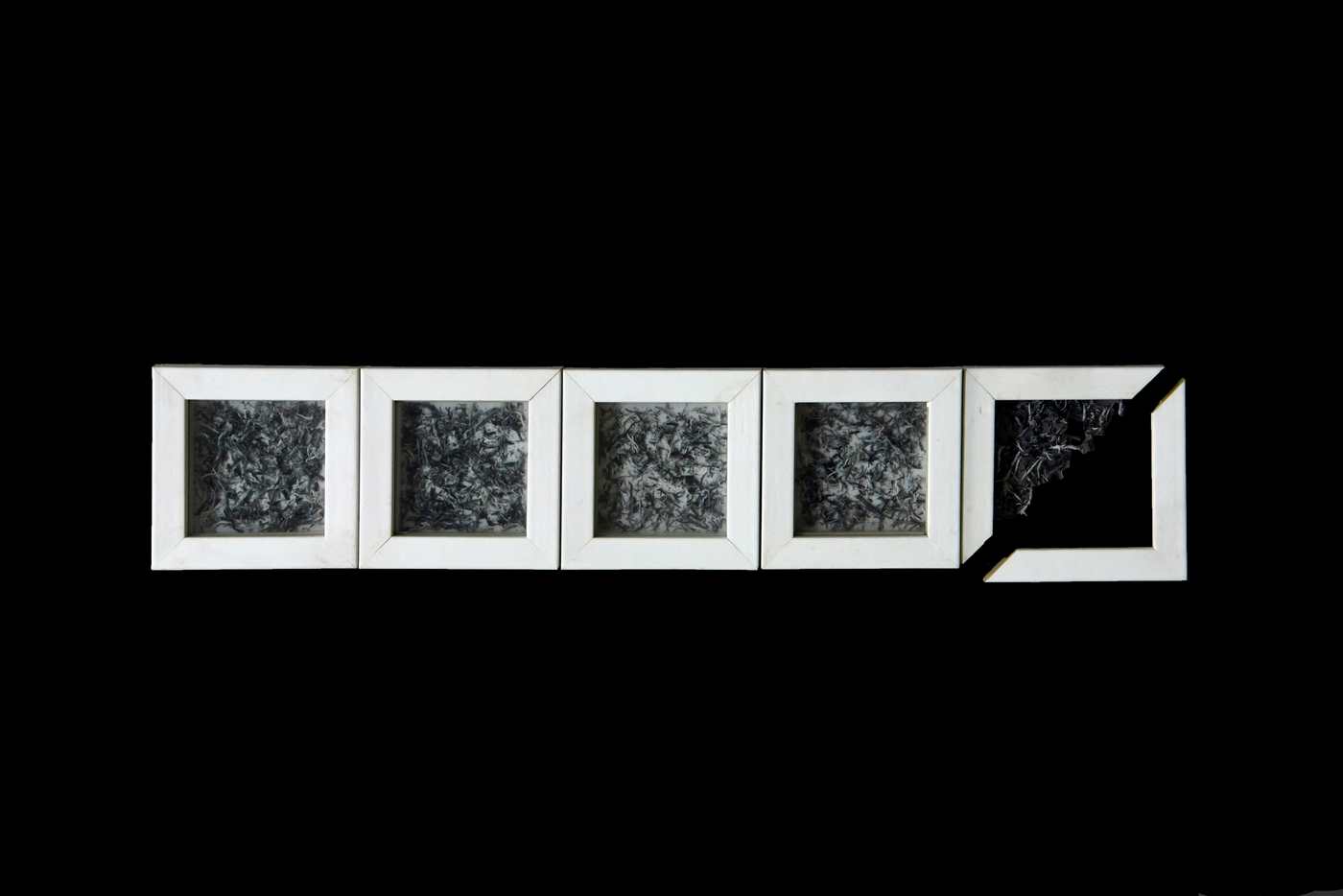

Till Now, 2019
During my college days, I excelled at realistic drawings, but I never felt a deep personal connection to that style. While I appreciated the skill and patience required, it didn't satisfy my creative longing. Over time, I discovered my true artistic calling and found a strong connection to Minimalism.
In 2019, I came across the performances of Marina Abramović while researching performance art. I resonated with her thoughts and beliefs, as they mirrored the ideas I had already been teaching my students. I found it to be an incredibly powerful medium because in performance art, the artist themselves become the artwork. It goes beyond traditional materials and becomes a deeply personal and spiritual experience. This realization led me to embrace a form of art that aligns with my inner self, which is evident in my current artistic practice.


Still from 𝘗𝘢𝘵𝘩𝘸𝘢𝘺 𝘵𝘰 𝘝𝘰𝘭𝘶𝘮𝘦 𝘡𝘦𝘳𝘰, 2019
Initially, my art was a catharsis, a means of liberating myself and letting go of the past's pain and restrictions. However, as I progressed, I realized that my focus shifted towards the courage to embrace the journey of ongoing growth and development. I became determined not to let the past's negative conditions resurface or influence me again. Now, my approach to art is about challenging my thoughts, shaking them up, and transforming them into something new and empowering. It's no longer just about catharsis but about continuous transformation. I actively seek to confront my thoughts and create something fresh and meaningful from them, always evolving and pushing the boundaries of my creative expression.
A lot of my work now deals with the concept of “Volume Zero.”
Let me go back a bit in time to explain this. I completed my applied arts degree at Sophia Polytechnic Mumbai in 2007. After getting married in 2010, I enrolled in architecture in 2011 with the intention of pursuing art conservation in Italy. However, due to family reasons, I couldn't complete the architecture program. Nonetheless, the one year I spent studying architecture was a valuable learning experience. I extensively used the library and realized the connections between art conservation, architecture, and the artistic practices like painting and installations that I had been engaged in earlier.
During my exploration in architecture, I came across the concept of "Volume Zero," which was mentioned by Charles Correa. At first, I couldn't fully grasp its meaning, but I delved into research and tried to understand it from my perspective. To me, "Volume Zero" represents that moment between the end of one thing and the beginning of another. It's a state where the past does not influence and the future is not a concern; it's purely about living in the present moment. It is similar to the nanosecond between inhaling and exhaling, that brief pause of stillness and presence.
"Volume Zero" is connected to the idea of nothingness, where its true essence is elusive, and attempting to define it may diminish its meaning. It embodies a sense of emptiness or liberation from preconceived notions, allowing for a deeper connection to the present moment.
My quest for nothingness is ongoing, and I firmly believe that once I touch upon it, it won't remain a state of pure openness. Instead, it's an ever-evolving and continuous process.
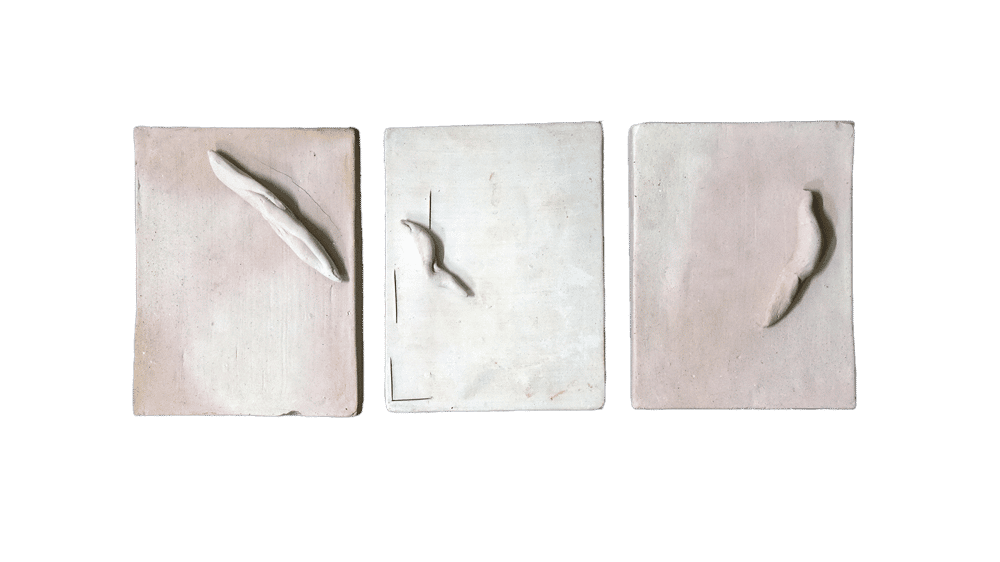

Anti-Adulteration 18, 2019


Anti-Adulteration 19, 2019
I began this journey by using eraser dust as a medium to bring my ideas to life. However, as I ventured into larger artworks, I turned to clay as my primary material. This transition allowed me to explore and understand the unique properties of clay better. Working with this material involves a series of processes, including shaping, baking, and firing, which contribute to unexpected color variations and textures beyond just the clay itself. The unpredictability of the results fascinated me, as the colors and textures were not always as anticipated. I created a series titled "Anti Adulteration," using clay.
The "Anti Adulteration" series was conceived as a reflection of the prevalent issues in our lives, such as the contamination of the air we breathe, the water we drink, and the food we consume. It symbolizes how these adulterations unknowingly affect our bodies and minds, leaving us unable to completely escape their influence. The series serves as a metaphor for the uncontrollable and pervasive nature of these problems, emphasizing the need to resist being overwhelmed and influenced entirely. Through the artwork, I aimed to convey the idea of acknowledging and accepting the limitations we face, but also breaking free from the restricting beliefs that hold us back.
During the performance art on January 10, 2019, I symbolically liberated myself from two layers that were blocking my growth – the burden of the past and the fear of not meeting certain expectations. The "Anti Adulteration" series represents an extension of these concerns, but on a larger scale, using a different material. It addresses similar themes as the performance art, bringing attention to the issues in the world and how we can respond to them creatively.
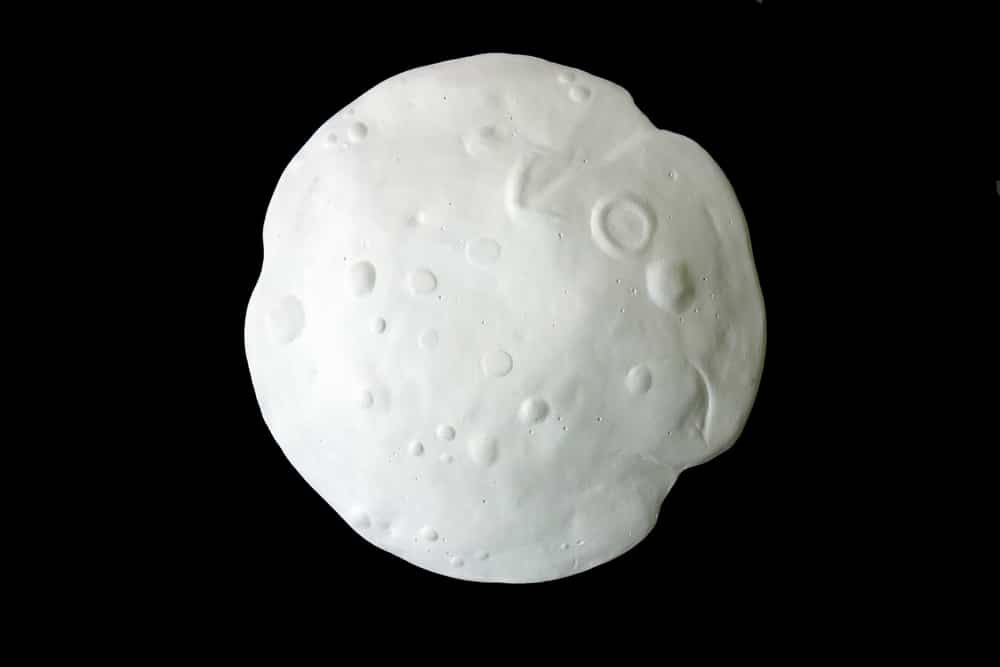

Deformation of Inequalities - 1, 2019


Deformation of Inequalities - 2, 2019
Recently, my life took an unexpected turn when my husband's cancer recurred three months ago. It was a challenging time, and I found myself questioning why such events reoccur. Reflecting on our past five years of trying to maintain his health, I realized that we had never truly let go of the fear of the cancer coming back. This realization made me reevaluate my mindset and how I approached this situation.
Unlike five years ago, this time, I chose to face the situation positively. I saw it as an opportunity for growth and learning, believing that there must be a purpose behind this experience. Embracing it as a journey, I accepted the present moment and stayed optimistic about the future. Even during our two months in Chennai for treatments like radiation and chemotherapy, we chose to view it as a holiday rather than a painful period. This perspective shift made a significant difference in how we experienced the situation.
During that time, I noticed that my positive mindset and outlook were not only helping me but also those around me who were struggling with similar challenges. Realizing the potential impact I could have on others, I decided to explore ways to help people on a broader scale. I delved into online courses on life coaching, combining my artistic skills with the newfound knowledge to guide others in overcoming their difficulties and finding solutions.
- As told to Sanjana Srinivasan
The process of using my art and coaching skills to assist others has been incredibly fulfilling. It has given me a sense of purpose and a way to make a positive impact on people's lives. This journey of helping others and embracing life's challenges has brought a new level of meaning and satisfaction to my artistic practices.
- As told to Sanjana Srinivasan
Click here to view Lodaya's Online Viewing Room and learn more about her practice.

